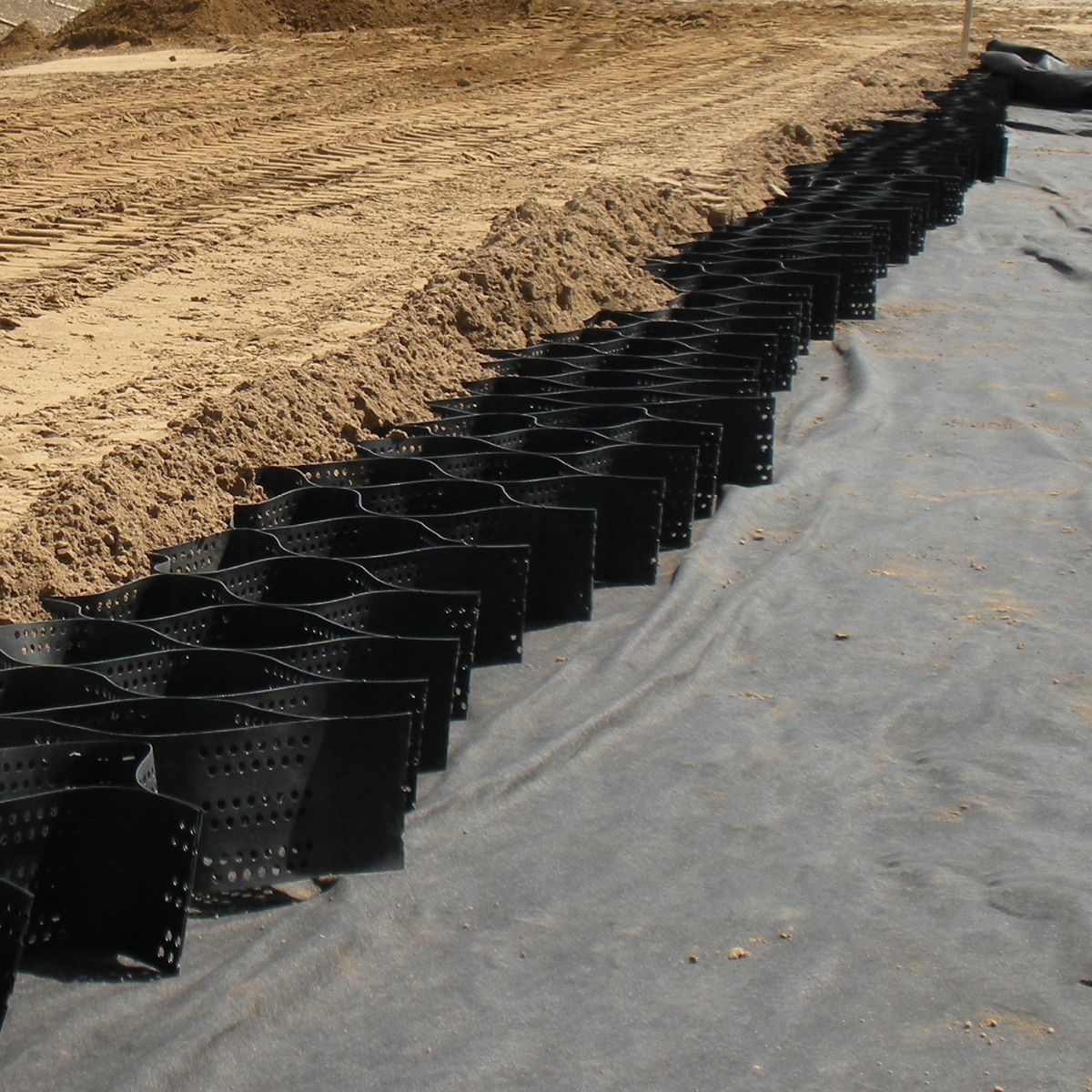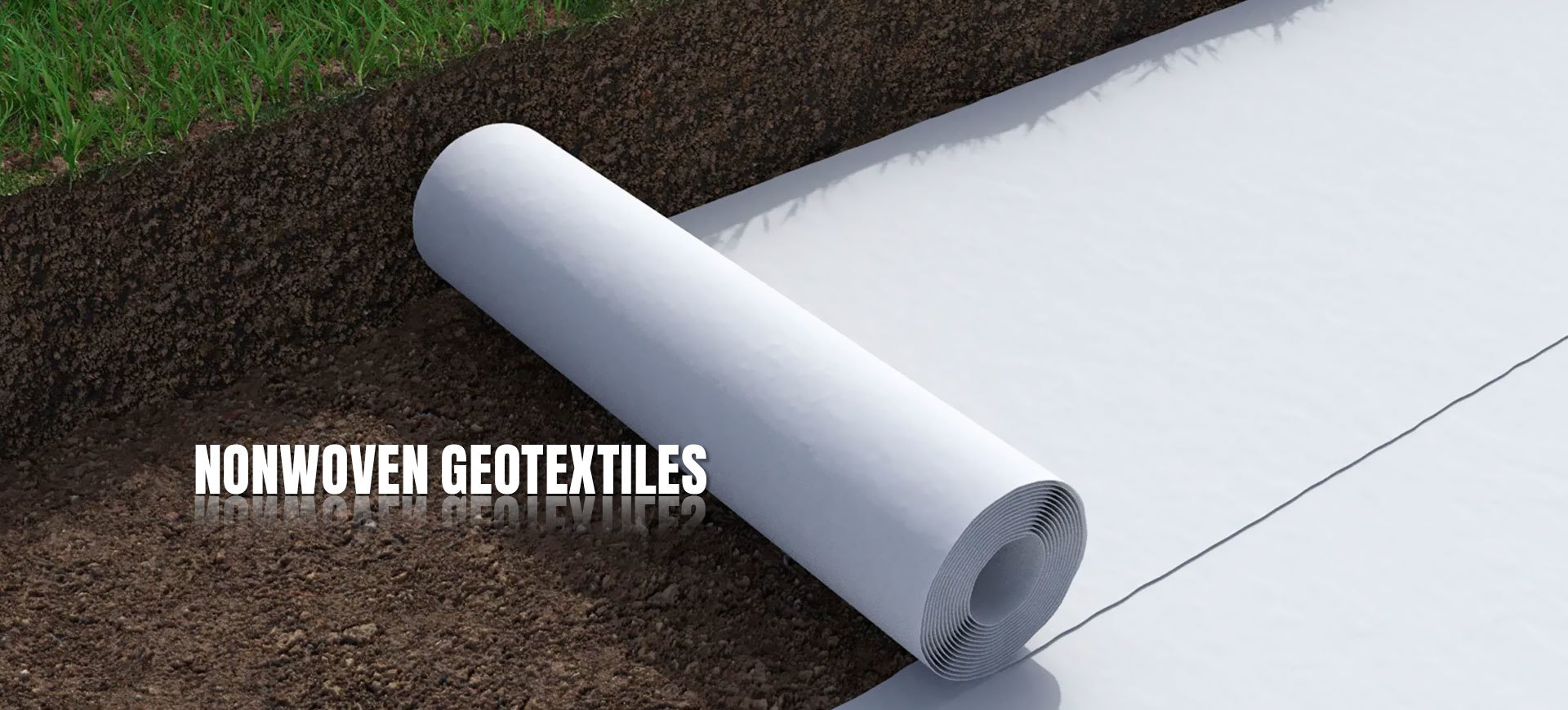Geotextiles in Reservoir Engineering: Impermeability, Filtration, and Construction
Release time:
Nov 10,2025
Consulting Brief: Geotextiles for Reservoir Integrity Objective: To implement a cost-effective geotextile solution for enhancing the performance and longevity of reservoir impermeable liner systems. Proposed Solution: Utilize a non-woven polypropylene geotextile as a protective and filtration layer beneath the primary HDPE geomembrane. This composite system ensures a robust and durable barrier against water seepage.
Abstract
The application of geosynthetic materials has become integral to modern reservoir engineering. Geotextiles, in particular, play a critical role in ensuring long-term stability and functionality by providing effective separation, filtration, and protection for impermeable liners. This article details the use of geotextiles in reservoir projects, specifying key product parameters, outlining three core advantages, and providing a detailed, step-by-step construction methodology.

1. Introduction
In reservoir construction, a primary challenge is managing water seepage and ensuring the stability of the subgrade and embankments. Geotextiles, permeable synthetic fabrics, are engineered to address these challenges. They are used in conjunction with impermeable geomembranes (like HDPE) to create a composite liner system. In this system, the geotextile acts as a protective cushion and a filtration layer, while the geomembrane provides the actual hydraulic barrier.
2. Geotextile Product Parameters and Selection
For reservoir applications, Non-Woven Needle-Punched Geotextiles are most commonly used for cushioning and protection, while Woven Geotextiles may be used for specific reinforcement applications.
Key Product Parameters and Technical Indicators:
| Parameter | Typical Specification for Reservoir Applications | Test Standard |
|---|---|---|
| Material | Polypropylene (PP) or Polyester (PET) | - |
| Type | Non-Woven, Needle-Punched | ASTM D5261 |
| Mass per Unit Area | 400 - 600 g/m² | ASTM D5261 |
| Thickness | 2.5 - 4.5 mm (under 2 kPa) | ASTM D5199 |
| Tensile Strength | 20 - 35 kN/m (Machine & Cross-Machine) | ASTM D4632 |
| Trapezoid Tear Resistance | 600 - 900 N | ASTM D4533 |
| Puncture Resistance | 400 - 700 N | ASTM D6241 |
| Apparent Opening Size (AOS) | 70 - 100 (O₉₀ ~ 0.07 - 0.1 mm) | ASTM D4751 |
| Permittivity (Ψ) | 0.8 - 1.5 sec⁻¹ | ASTM D4491 |
| UV Resistance | Retains 70% strength after 500 hrs of exposure | ASTM D4355 |
Selection Note: The exact specifications depend on site-specific conditions such as subgrade quality, water head pressure, and the type of geomembrane used. A 500 g/m² non-woven geotextile is a common baseline for many medium-sized reservoirs.
3. Three Key Advantages of Using Geotextiles
Enhanced Filtration and Soil Separation
Geotextiles prevent fine soil particles from the subgrade from migrating into drainage layers or coming into direct contact with the geomembrane. Its controlled Apparent Opening Size (AOS) allows water vapors and gases to pass through freely while retaining soil particles. This maintains the integrity and drainage capacity of the soil structure, preventing piping erosion and subgrade failure.
Protection of the Impermeable Liner
The primary impermeable layer, often a delicate HDPE geomembrane (only 1.5-2.5 mm thick), is highly susceptible to puncture from sharp aggregates, rocks, or irregular subgrade. The thick, non-woven geotextile acts as a resilient cushioning layer, distributing localized stresses and absorbing impacts. This drastically reduces the risk of punctures during installation and throughout the reservoir's lifespan, ensuring the long-term integrity of the impermeable barrier.
Drainage and Gas Venting
Geotextiles facilitate the lateral drainage of water that may seep through cover layers or accumulate between the geomembrane and the subgrade. Furthermore, they provide a pathway for gases (e.g., from organic decomposition in the subsoil) to escape, preventing pressure build-up that could blister or displace the geomembrane liner.
4. Detailed Construction Scheme
Phase 1: Subgrade Preparation
Clearing and Grubbing: Remove all vegetation, roots, stones (>25mm), and other debris from the designated area.
Excavation and Grading: Excavate to the final design profile. The subgrade must be compacted to a minimum of 95% of Standard Proctor Density (ASTM D698). The surface should be smooth, uniform, and free of sharp protrusions, voids, and cracks.
Quality Control (QC): Conduct a thorough visual inspection and use a lightweight roller to identify any soft spots. Perform in-situ density tests. The prepared subgrade must be approved by the site engineer before geotextile installation.
Phase 2: Geotextile Installation
Material Deployment:
Rolls of geotextile are delivered and placed along the bank at regular intervals to minimize on-site handling.
Unroll the geotextile manually or with a mechanical unroller in the direction of the least slope.
Place the geotextile smoothly on the prepared subgrade, without wrinkles or folds.
Seaming and Overlapping:
Adjacent rolls must be overlapped. A minimum overlap of 300 mm is standard for subgrade applications. On slopes, increase the overlap to 450-600 mm, with the upper roll always placed over the lower roll (shingle style).
For critical applications, seaming is done using a sewing machine with a double-thread, lock-stitch pattern or by thermal welding. For simple overlaps on a stable subgrade, anchoring with sandbags or staples every 1-2 meters is sufficient.
Anchoring: At the top of slopes and in trenches, securely anchor the geotextile in an anchor trench backfilled with compacted soil.
Phase 3: Placement of Geomembrane
Once the geotextile cushion layer is fully installed and inspected, unroll the HDPE geomembrane panels directly onto it.
Crucial: All personnel working on the geomembrane must wear soft-soled shoes. No vehicles or sharp tools are allowed directly on the geomembrane.
Phase 4: Cover Layer Placement
Initial Protective Layer: Place a layer of fine, screened sand or soft soil (minimum 150-300 mm thick) directly onto the geomembrane. This provides an additional protective cushion.
Main Cover Layer: Carefully place the final soil or rock cover material. Do not drop materials from a great height. Use lightweight machinery initially and ensure a sufficient lift thickness before bringing in heavier equipment.
Phase 5: Quality Assurance & Testing
Throughout Construction: Continuously inspect for tears, punctures, or misaligned seams.
Destructive Seam Testing: Create test patches for seams (both geotextile and geomembrane) and send them to an independent lab to verify seam strength.
Final Inspection: After placement of the initial protective layer, a final walk-over inspection should be conducted to ensure the system is intact before reservoir filling begins.
5. Conclusion
The integration of geotextiles into reservoir liner systems is a proven and essential engineering practice. By providing critical functions of filtration, protection, and drainage, a properly specified and installed geotextile layer significantly enhances the performance and longevity of the impermeable geomembrane. Adherence to the detailed construction scheme, with a strong emphasis on subgrade preparation and careful material handling, is paramount to the success and water-tightness of the entire reservoir project.
News
Geotextiles in Reservoir Engineering: Impermeability, Filtration, and Construction
Consulting Brief: Geotextiles for Reservoir Integrity Objective: To implement a cost-effective geotextile solution for enhancing the performance and longevity of reservoir impermeable liner systems. Proposed Solution: Utilize a non-woven polypropylene geotextile as a protective and filtration layer beneath the primary HDPE geomembrane. This composite system ensures a robust and durable barrier against water seepage.
Key Advantages of Geocells for Railway Subgrade Reinforcement
Geocells, a three-dimensional cellular confinement system, offer significant advantages for stabilizing and reinforcing railway subgrades. Their unique structure provides a robust solution for challenging soil conditions.
Application of Geotextiles in Tunnel Anti-Seepage Construction
Geotextiles are widely used in tunnel engineering for their excellent anti-seepage, filtration, and drainage properties.








